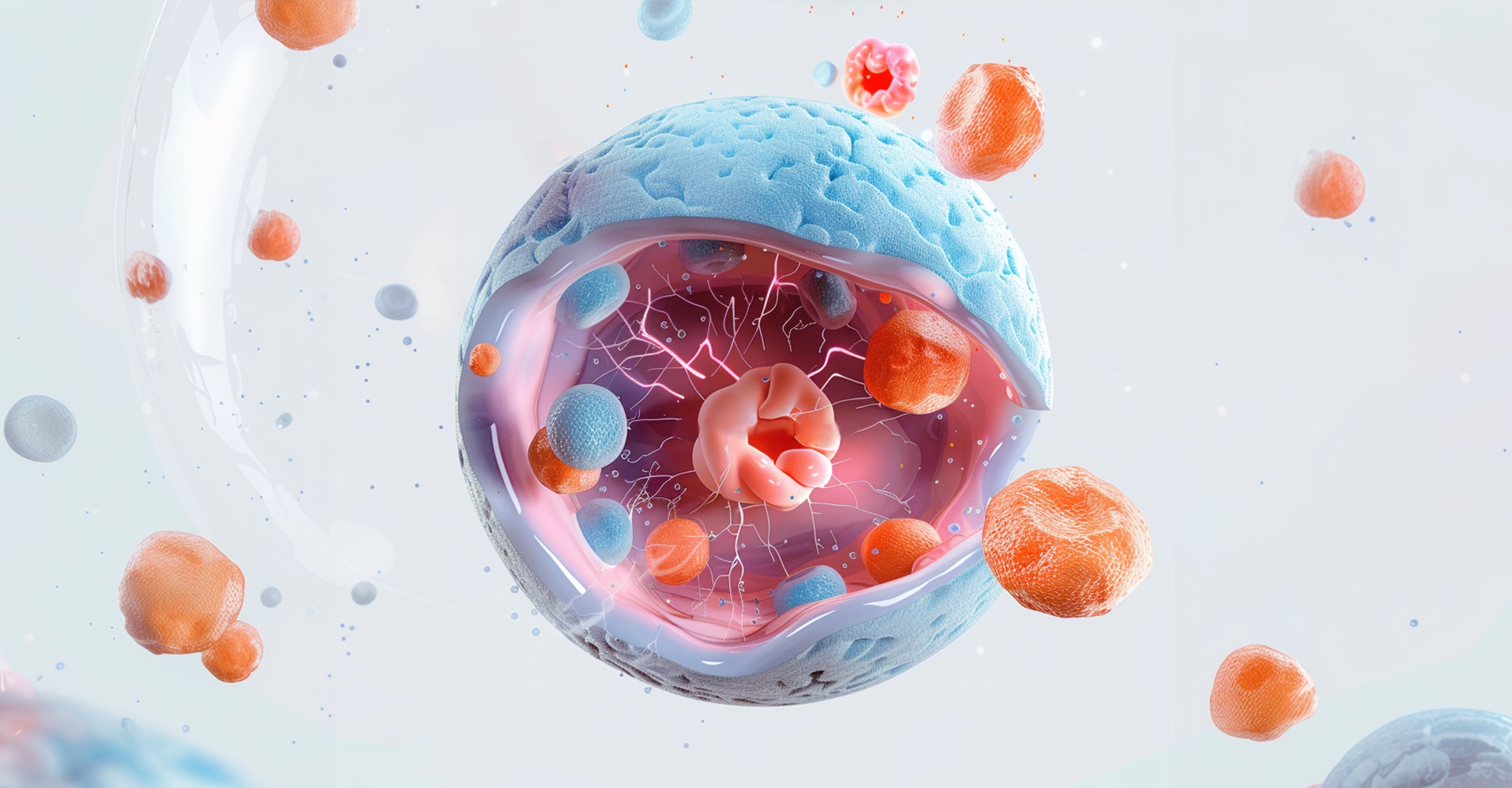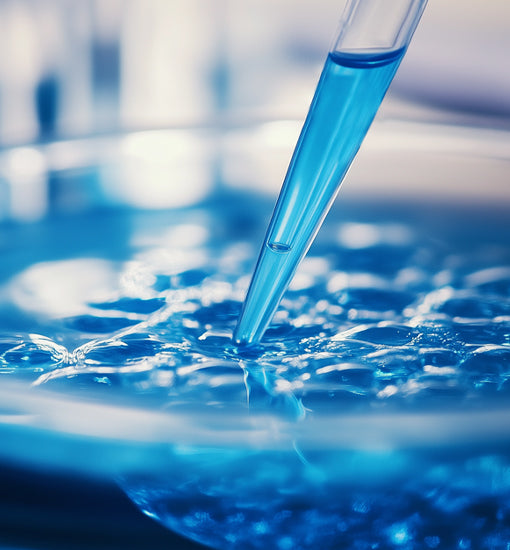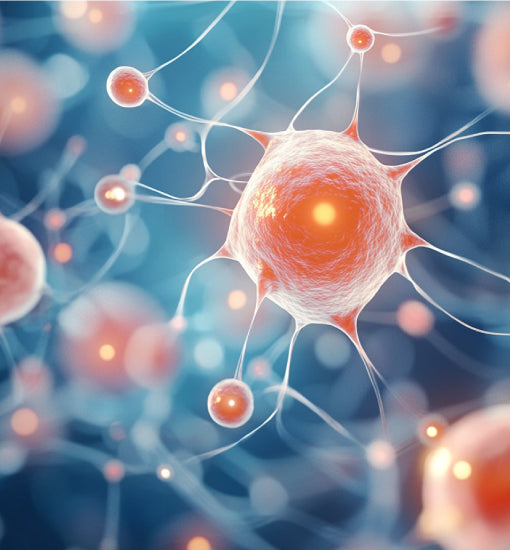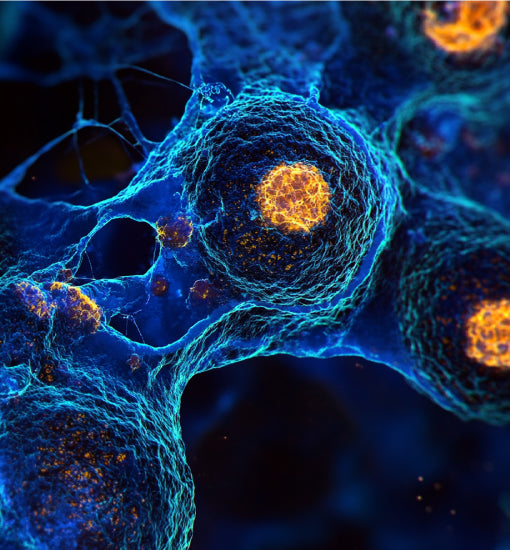Cell Biology & Advanced Models
Unlocking Cellular Mechanisms and Innovative Disease Models
Cell biology explores the structure, function, and behavior of cells, the fundamental units of life. From cell culture and stem cell research to 3D organoids and live cell imaging, these technologies enable insights into cellular functions, drug discovery, and therapeutic development, driving progress in biomedical research and precision medicine.







